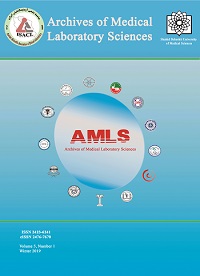Background: Enzymatic digestion is an essential stage for culturing Mesenchymal Stem Cells (MSCs) and their therapeutic application. Several factors such as being cost-benefit, efficiency, safety, yield and amount of produced cells are determinant for choosing the appropriate enzyme. Collagenase is a conventional enzyme commonly used for enzymatic digestion. However, other enzymes like trypsin and even combination of these enzymes can be used as an alternative strategy in different situations.
Materials and Methods: Abdominal subcutaneous adipose tissue was obtained from male BALB/c mice and digested under three different enzymatic processes: collagenase and collagenase/trypsin and trypsin. Cell culture process was performed under standard condition and MSCs at 3rd passage were used for further characterization by flow cytometry.
Results: In this study, two different enzymatic methods for digestion of adipose-derived MSCs (ADSCs) of BALB/c mice were investigated. The morphology of cells was pretty different and was more homogenous in collagenase group. Also the yield of cells was varied among groups. Furthermore, the obtained data from flow cytometry revealed that ADSCs were positive for CD90 (70%), CD29 (98%), CD105 (52%) and negative for CD45 (<2%).
Conclusion: Application of different enzymes depends on various conditions. Altogether, these data indicate that although use of trypsin in isolation protocol is cost-benefit, it can be used as an alternative method whenever limited number of cells will be needed. However, collagenase as a well-known and conventional method can be used for isolation of larger quantity of cells with several applications.
